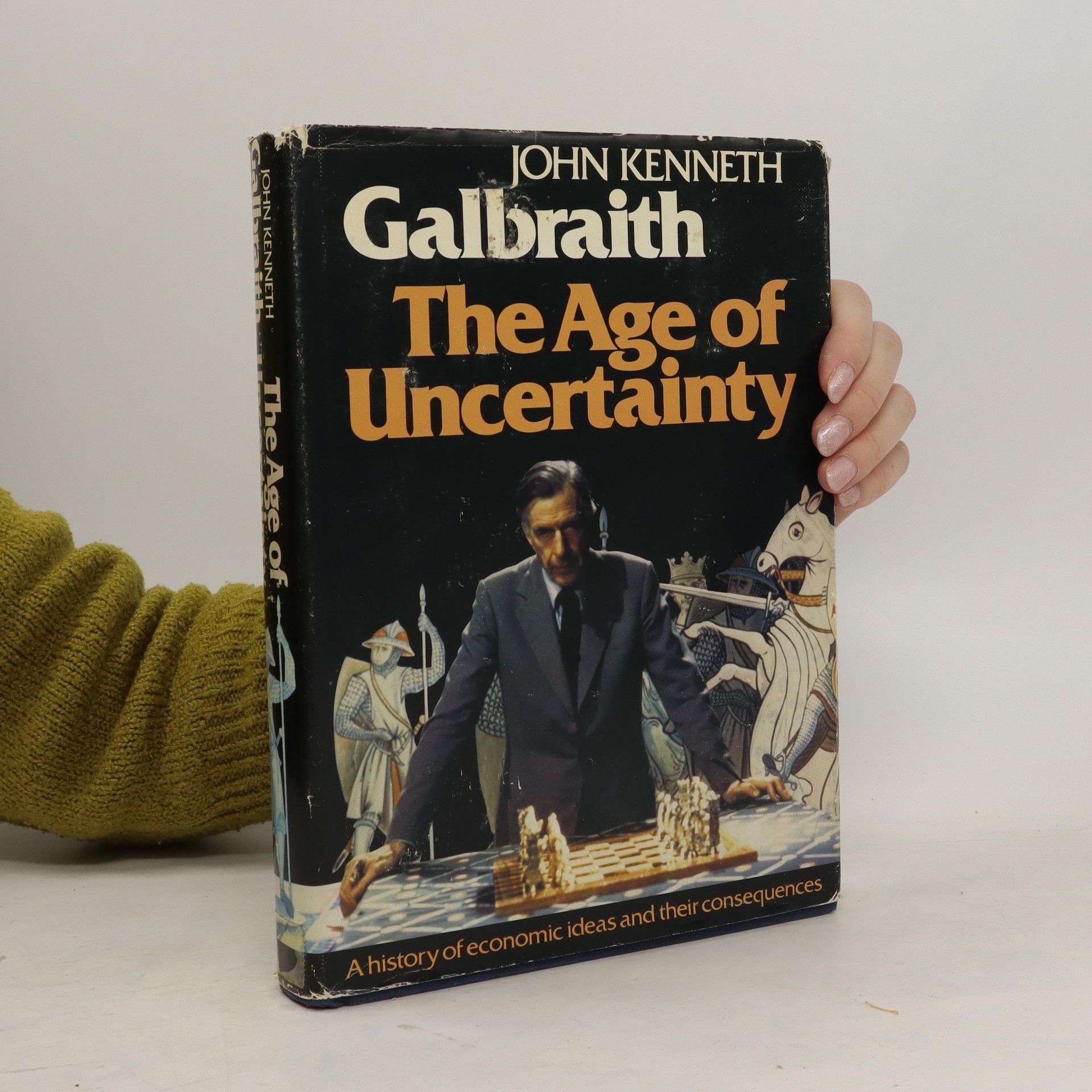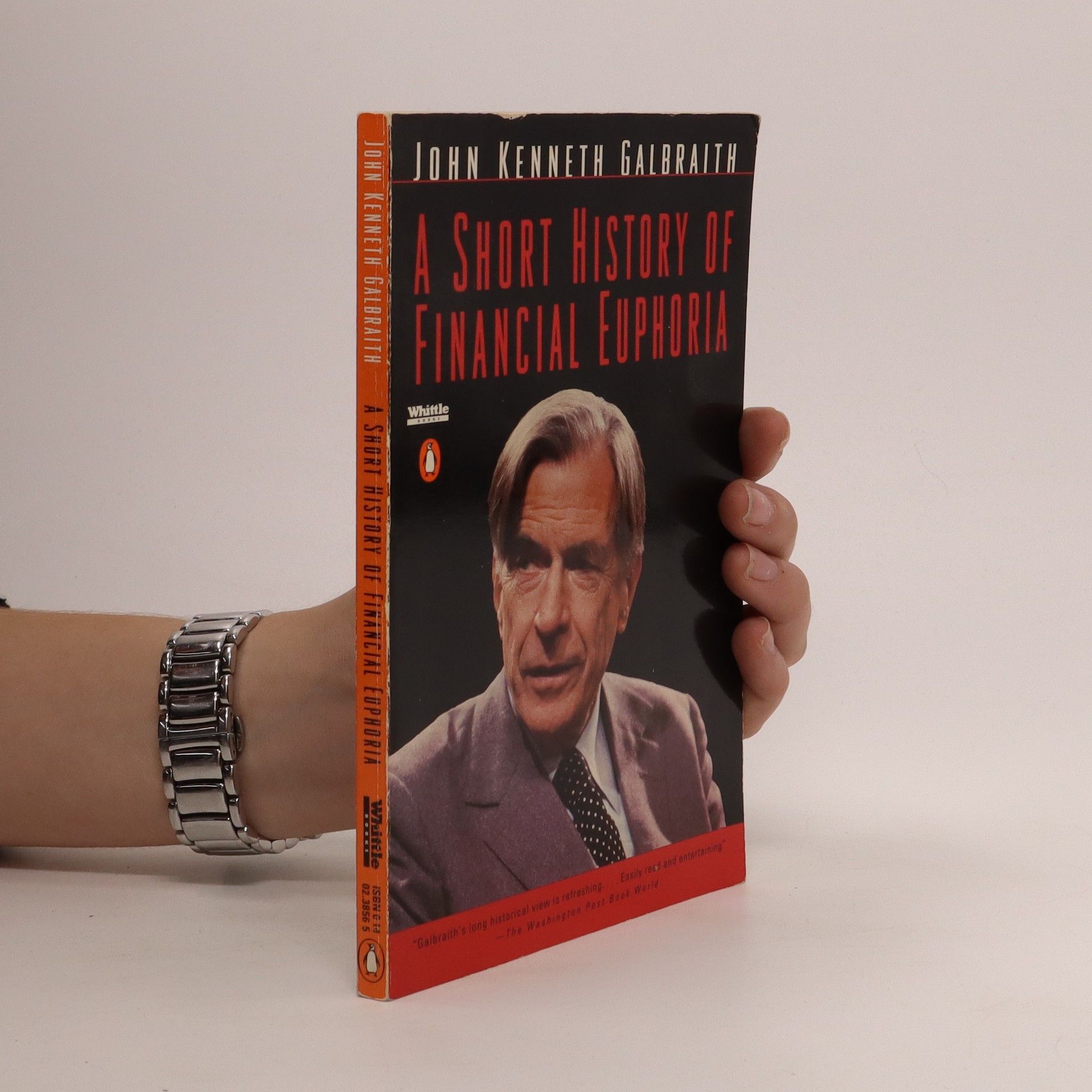John Kenneth Galbraith Knihy
John Kenneth Galbraith byl kanadsko-americký ekonom, který se stal předním zastáncem amerického liberalismu a demokratického socialismu 20. století. Jeho díla se vyznačovala hlubokým vhledem do ekonomických témat a osobitým stylem, který z nich učinil bestsellery. Galbraith byl plodným autorem, jehož eseje a knihy analyzovaly fungování moderního kapitalismu a bohaté společnosti. Jeho práce nadále inspirují a ovlivňují debaty o ekonomické spravedlnosti a společenském pokroku.







Discusses the many sources and instruments of power, and explains how power is utilized by organizations and businesses and in economics and political and military life
Autobiography of economist Professor John Kenneth Galbraith, and the events and famous people of the times.
The Essential Galbraith
- 400 stránek
- 14 hodin čtení
An anthology of essays, articles, and excerpts from the renowned economist features selections from some of his most important works, including Afluent Society, The Age of Uncertainty, The New Industrial State, and The Great Crash, along with introduction to each essay from the author. Original. 15,000 first printing.
ForewordThe Prophets & Promise of Classical CapitalismThe Manners & Morals of High CapitalismThe Dissent of Karl MarxThe Colonial IdeaLenin & the Great UngluingThe Rise & Fall of MoneyThe Mandarin RevolutionThe Fatal CompetitionThe Big CorporationLand & PeopleThe MetropolisDemocracy, Leadership, CommitmentA Major Word of ThanksNotesList of IllustrationsIndex
Economics, Peace & Laughter. A Contemporary Guide
- 304 stránek
- 11 hodin čtení
A collection of essays by J.K. Galbraith, edited by Andrea D. Williams.
The world-renowned economist offers "dourly irreverent analyses of financial debacle from the tulip craze of the seventeenth century to the recent plague of junk bonds." — The Atlantic .With incomparable wisdom, skill, and wit, world-renowned economist John Kenneth Galbraith traces the history of the major speculative episodes in our economy over the last three centuries. Exposing the ways in which normally sane people display reckless behavior in pursuit of profit, Galbraith asserts that our "notoriously short" financial memory is what creates the conditions for market collapse. By recognizing these signs and understanding what causes them we can guard against future recessions and have a better hold on our country's (and our own) financial destiny.
A leading economist discusses his theories on social disequilibrium and suggests ways of restoring the economic balance
Combines a history of money and monetary institutions, with an analysis of money's changing role in the sum total of economic analysis and policy.
No account of the financial insanity of 1929 has been issued in a form at once so readable, so humorous, and so carefully authenticated as this classic book. J.K. Galbraith examines the 'gold rush fantasy' in American psychology and describes its dire consequences. The Florida land boom, the operations of Insull, Kreuger and Hatry, and the fabulous Shenandoah Corporation all come together in this penetrating study of concerted human greed and folly. From the cold figures of Wall Street the author wrenches a truly human drama.



